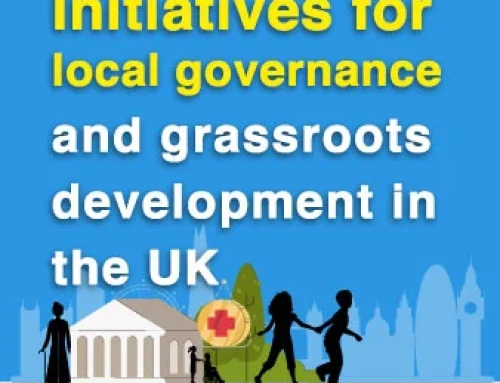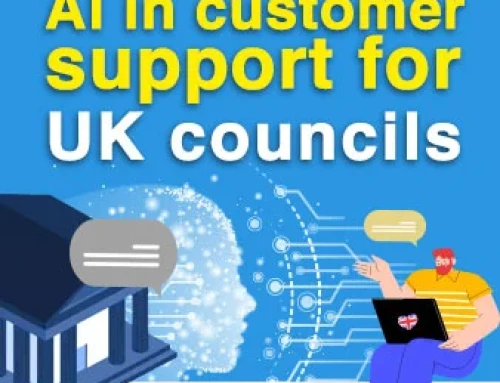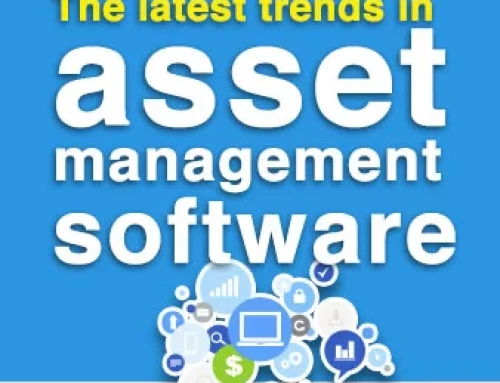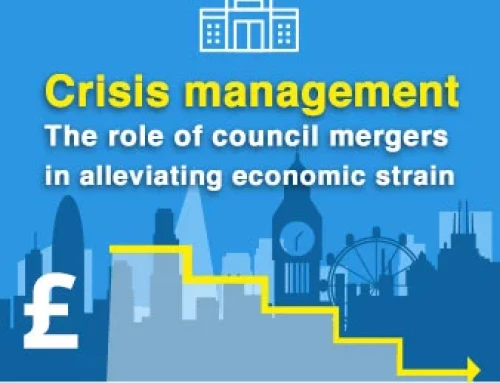How to Empower Employees to take Ownership and Execute Innovation?
Empowering Leadership, Engagement and Employee Advocacy!
Common mistake: Dismissing employees to take ownership
During the last decades, if not centuries, it became a habit to have all important decisions in companies made at top management levels. The assumption traditionally is that this is where the skills, expertise and overview are to make the right decisions. The aim was to increase control, certainty and stability. This used to work fine in most sectors as they were fairly predictable and stable.
However, a lot has changed. Life-cycles of products, services and markets are shorter, changes are quicker, new trends and the future are less predictable, and the complexity of running a business has increased in a dramatic manner.
In many industries, companies are suffering from lack of adaptability and agility, and falling behind the competition.
Here are a few symptoms we see from the traditional top-down management habits:
- Someone in the lower rank who sees a threat or opportunity and wants to act on it. But he needs to discuss this with higher rank management first and get their approval and buy-in/decision. There is a challenge that many initiatives face for the attention and favourable decisions from top management. These politics can be frustrating for employees.
- The time of decision-making by higher management is becoming scarce in the critical path for most initiatives. Necessary decisions are being delayed or being made without the attention required.
- The quality of decision-making suffers from inadequate information. Observations and information about threats and opportunities do not flow through the organisation quickly and accurately enough.
The solution: Unlock the huge decision-making power throughout the organisation
Leading companies have tremendous power, speed and responsiveness due to the following effective habits on decision-making:
- Top-down and bottom-up strategies and roadmaps
- Effective and efficient decision-making
- Full transparency
1) Top-down and bottom-up strategies and roadmaps
Maintain an overall strategy and roadmap
The overall strategy and roadmap defines the changes required in different phases to achieve the envisioned future. It clarifies the focus and ballpark figures on key metrics towards the intended goals. This provides a clear picture of the direction required for all entities of the business to shape their own role, contribution and strategy. Typically, the leading companies have competence centres for various topics which provide best practices, frameworks, benchmarks and advice to the entities in order to develop and execute their strategies.
Each entity has its own strategy and roadmap
Based on the overall strategy and roadmap, each division, subsidiary and department maintains and executes its own specific approach. They own their plan and are fully accountable for the progress and results. This is an essential step in empowering leadership. Larger organisations have a cascade of several levels of sub-strategies, which can contain dozens or many more sub-strategies.
Focus on “new”
Within most successful companies, the strategy and roadmap is about moving towards the future. It’s about doing new things and doing things differently in order to achieve new performance levels and future success. An excel-sheet with numbers, for example, does not achieve this purpose on its own.
2) Effective and efficient decision-making
Many business leaders fear that decentralized decision-making leads to chaos and that control mechanisms are needed to prevent this. Most companies still use traditional “plan & control” mechanisms which require complex, expensive and time-consuming coordination systems.
The following practices ensure that decentralized decision-making is powerful and secures performance:
Structure of decision-making units
Every team fits in an global structure of roles and responsibilities with clear objectives. Each team develops, maintains and follows their own strategy which contributes to the overall strategy and roadmap. This provides clarity to everyone who decides on what, and how, decisions relate to each other.
Decision-making protocol
Every team follows a decision-making protocol which provides guiding principles and rules on:
- How autonomous the team is for the different domains that make decisions
- What is the best way to align things with other stakeholders
- How to handle objections from stakeholders, depending on the impact this might have for other stakeholders and/or the organisation as a whole
- When decisions have to be handed over to other decision making units
Some decisions have no impact on other teams and can therefore be made autonomously.
Other decisions have a minor impact on the work of other teams. These other teams are informed about the decision, how this will impact them and how they are expected to adjust. The other teams provide feedback and suggestions, however it remains up to the deciding team how they incorporate the feedback and suggestions.
Some decisions could have a major impact on other teams or the organisation as a whole. For these decisions, there is a protocol in which other stakeholders can raise objections that need to be processed adequately. In some cases, the decision has to be handed over to another team who has the responsibility of the bigger picture.
3) Full transparency on performance and financials trigger crucial initiatives
In many organisations, the flow of information is limited because of lack of proper systems, defensive behaviour, limited willingness to be open and share and too little interest in the complete picture. As a result, people miss opportunities and make wrong decisions. This reduces collaboration and initiatives throughout the organisation. Besides that, it increases resistance.
Constructive and well informed dialogue, strategy development and decision-making require that everyone has the same, and adequate, information about results, failures, progress, opportunities, threats, trends and practices.
Leading companies are transparent about the following in empowering leadership:
Benefits
The benefit of empowering leadership and encouraging decision-making throughout the entire organisation is that, on all levels in the organisation, teams and employees have engagement and ownership. They aim higher, pursue more opportunities and achieve more. Decision-making is faster, more responsive, has higher quality and is executed quicker.
The result is that the business is more adaptable to changes. Therefore, it performs better today and will also perform better tomorrow and further in the future.
The Essence
If we think that it’s about control, stability and predictability, then we’ve missed the point! It is about thriving in a changing and unpredictable world, full of opportunities that we need to discover. It’s about passionately exploring, developing, learning and discovering what works, and what doesn’t work.
‘Magic’ happens when you bring together business innovation and employee development and empowerment!

About the Author
Jan van Veen has been working with many manufacturers to accelerate their business innovation and change for more than 12 years. He has helped them grow their business by shifting their focus to customers and their needs and developing more mature solutions and service. He frequently contributes through articles (Field Service News magazine and other e-zines) and input into around 12 conferences.
Jan is co-author of “Customer Centric Innovation for Sustainable Growth” and is working on his next book with the working title “How to grow in a disruptive world”. Learn more from his articles and videos on his blog.





